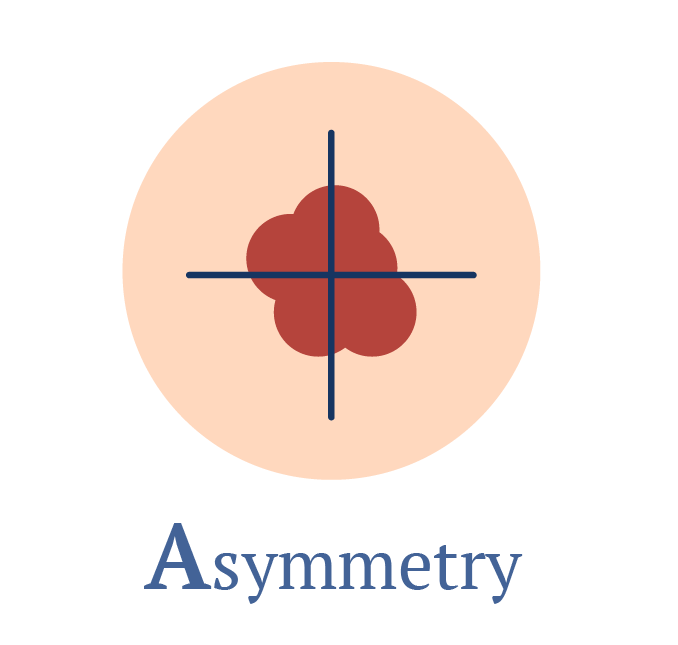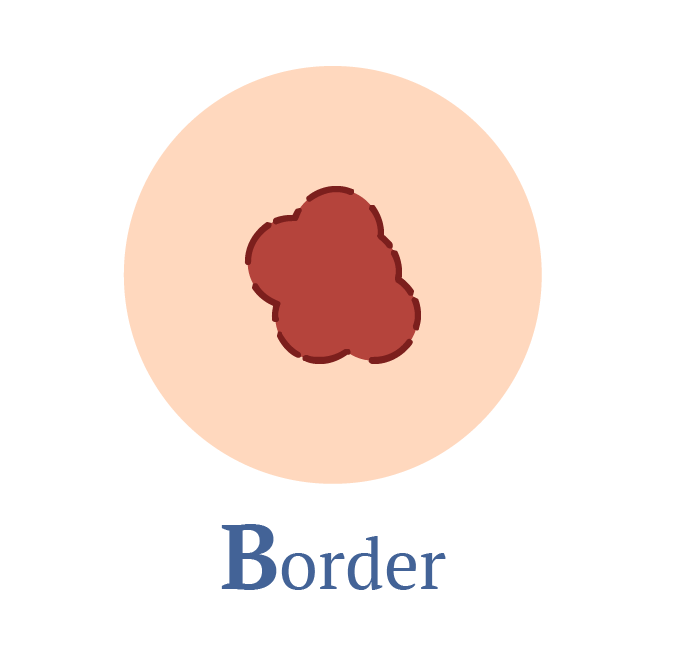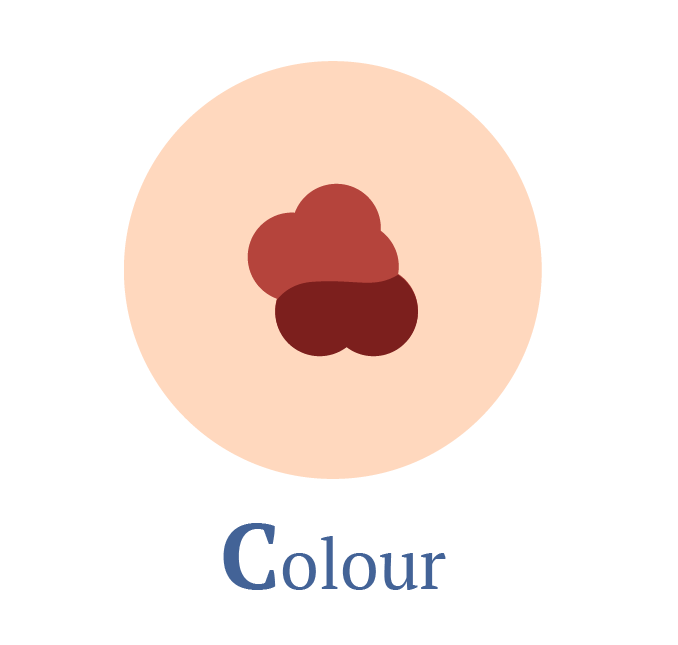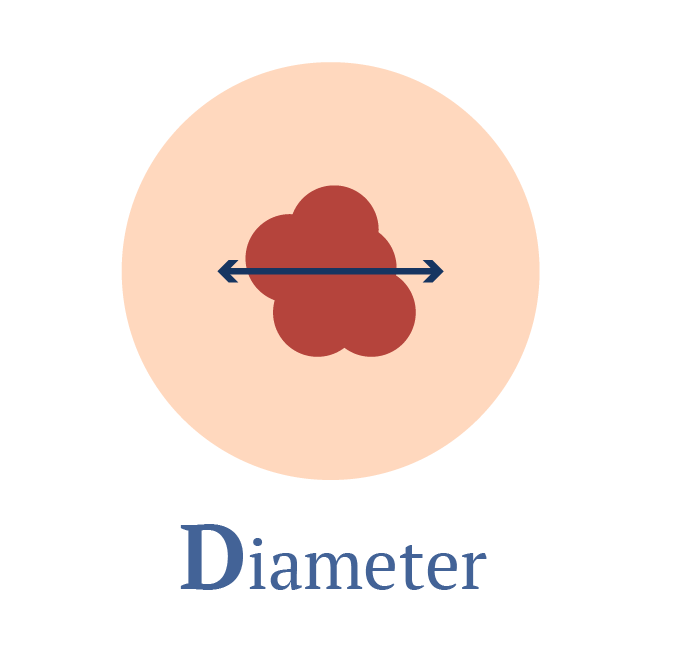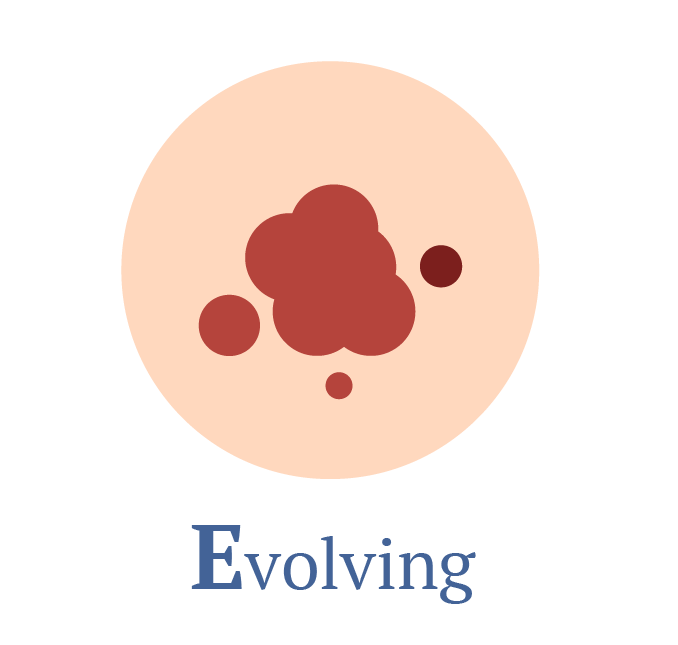Skin Checks and Skin Cancer
Skin checks
Melanomas and skin cancers are very common in Australia due to excessive sun exposure and the fair complexion of a large proportion of the population. Some skin cancers may spread to lymph nodes and internal organs and have grave prognoses. Dr. Sagi performs thorough skin checks with meticulous approach. He will perform a full skin check and may biopsy suspicious lesions that will be sent to pathology. He will then discuss the results and the next step in treatment with you. He will also explain about self skin checks and signs of suspicious skin lesions as well as on sun protection.
Skin cancers
In general, there are two groups of skin cancer. The first, are the melanomas, that originate from the pigment cells of the skin, the melanocytes. The second, are the non-melanoma skin cancers, this includes the most common skin cancers, basal cell carcinoma (BCC) and the squamous cell carcinoma, (SCC).
Melanomas usually appear as a new freckle or mole, or a mole that was present for years, that has atypical features such as Asymmetry of shape or colour, irregular Borders, change or variation in Colour, different mole Diameter compared to other moles and one that is Evolving in size, shape or colour. This is known as the ABCDE rule for melanoma detection.
There are different types of melanomas that can appear as red lumps, known as a nodular melanomas or as non-pigmented lesions, known as amelanotic melanomas. Melanomas can appear in areas that are exposed to sunlight but can also appear on the palms and soles, nail bed and even in the eye and oral cavity.
The treatment of melanoma first starts with diagnosis of the melanoma’s level. This is done with a biopsy of suspicious moles or freckles. The pathology report will determine the type of melanoma, the depth it invades the skin and any other unfavourable parameters. With thin melanomas, that do not invade the deeper layers of the skin, simple excision with wide safety borders will be the only treatment needed. For deeper melanomas, in addition to excision with wide borders, local lymph nodes will be sampled to determine the next step of treatment with chemotherapy and immunotherapy.
Non-melanoma skin cancers have several types of cancers. The most common types are basal and squamous cell carcinomas. BCC can appear as a persistent “pimple“, a sore or a lump but can also appear as a dry patch of skin, mainly on sun exposed area. SCC can appear as a dry patch of skin and as a scaly plaque or nodule. It can also start from solar keratosis, which may appear as dry skin in areas of chronic sun exposure such as the nose, lips, face, top of ears, scalp and limbs.
The treatment for SCCs and BCCs is excision. For superficial types, other treatments can be used instead of excision such as cryotherapy, topical chemotherapy creams and creams that stimulate the immune system to fight the cancers. Another effective treatment offered by Dr Sagi is Photo Dynamic Therapy (PDT).
The first steps in treating all skin cancer are skin checks and sun protection.
Skin checks should be done at least yearly and more frequently, following the diagnosis of skin cancers or for patients that have risk factors such as immunosuppressive medications. Self skin checks should be done as well and every new or changing lesion should be shown to the health practitioner.


